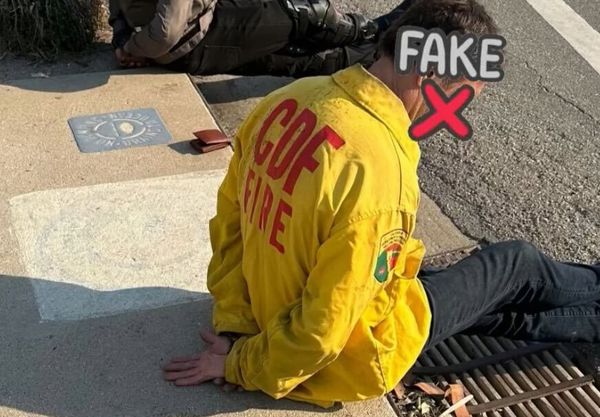
The state government's scientific committee has slammed the controversial shark netting program as a threat to marine life following data showing that more than 90 per cent of marine animals caught in shark nets off NSW beaches last summer were non-target species.
More than half of the 208 non-target species - such as turtles, dolphins and smaller sharks - that were caught in the nets were killed, data obtained by Freedom of Information shows.
The 134 dead animals included five critically endangered grey nurse sharks, four endangered leatherback turtles and an endangered loggerhead turtle.
Key conservation groups have been increasing pressure on the government over the past decade to replace shark nets with non-lethal technologies such as smart drumlines and drones.
In its annual review of the state's shark net program NSW Threatened Species Scientific Committee (TSSC) described the nets as a key threatening process due to their adverse impact on marine creatures.
The Committee acknowledged the economic, social and public safety issues that surround the current shark meshing program in NSW.
It said its recommendation did not propose to remove shark nets completely.
"The Fisheries Scientific Committee is of the opinion that the current shark meshing program in New South Wales waters' adversely affects two or more threatened species, populations or ecological communities and could cause species, populations or ecological communities that are not threatened to become threatened," it said in its final recommendation on shark meshing.
It noted that shark mesh nets do not act as a complete barrier to sharks reaching beaches as they are not permanently set in the water, do not cover the whole length of the beach, and do not extend from the water surface to the seabed.
About 40 per cent of shark entanglements occur on the beach side of the nets, because sharks are able to swim over and around the nets.
The sizes of mesh nets used in the nets have changed, as well as the length of times the nets are fished.
Since 1973, the nets have had a stretched mesh size of 50 to 60 cm, have been 150 m long, six metres deep, set on the bottom in approximately 10 m of water, and usually located 400 to 500 m off shore. One net set is 150 m of net in the water for a minimum of 24 hours.
Premier Chris Minns said in January that he was not confident emerging shark protection technology was a good enough replacement for nets.

Shark scientist Leonardo Guida said modern alternatives to nets were already working and in place after more than a decade of development.
"Public sentiment and the science are in alignment-let's keep the nets out and the drones up," he said.
"Every beach where a net is installed already has alternative shark safety measures in place such as SMART drumlines, alert systems and drone surveillance. These technologies have been in use on our beaches and thoroughly tested for the last decade.
Polling commissioned by Humane Society International found four in five Australians, including 83 per cent of New South Wales residents, recognise they are entering shark habitat when they swim in the ocean and assume personal responsibility.







